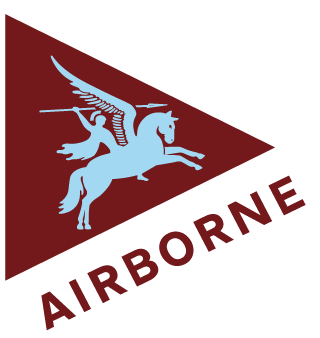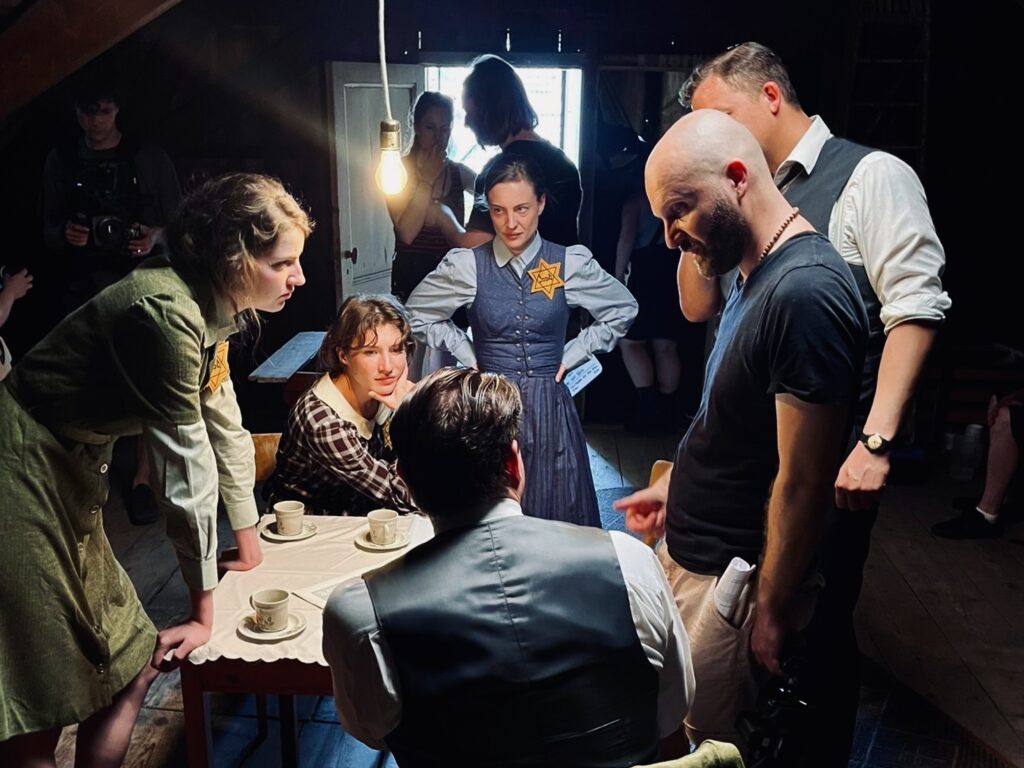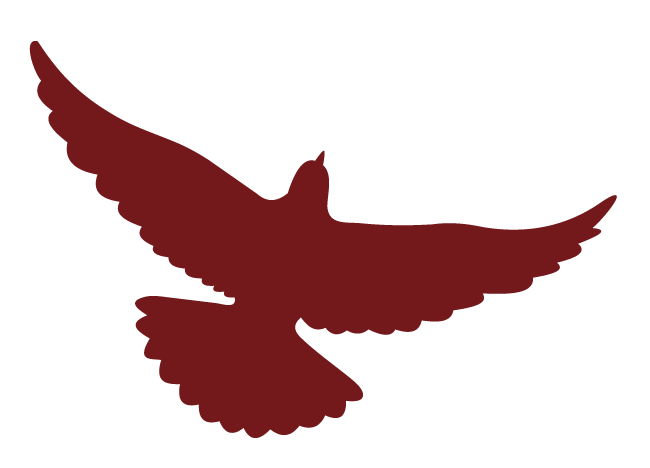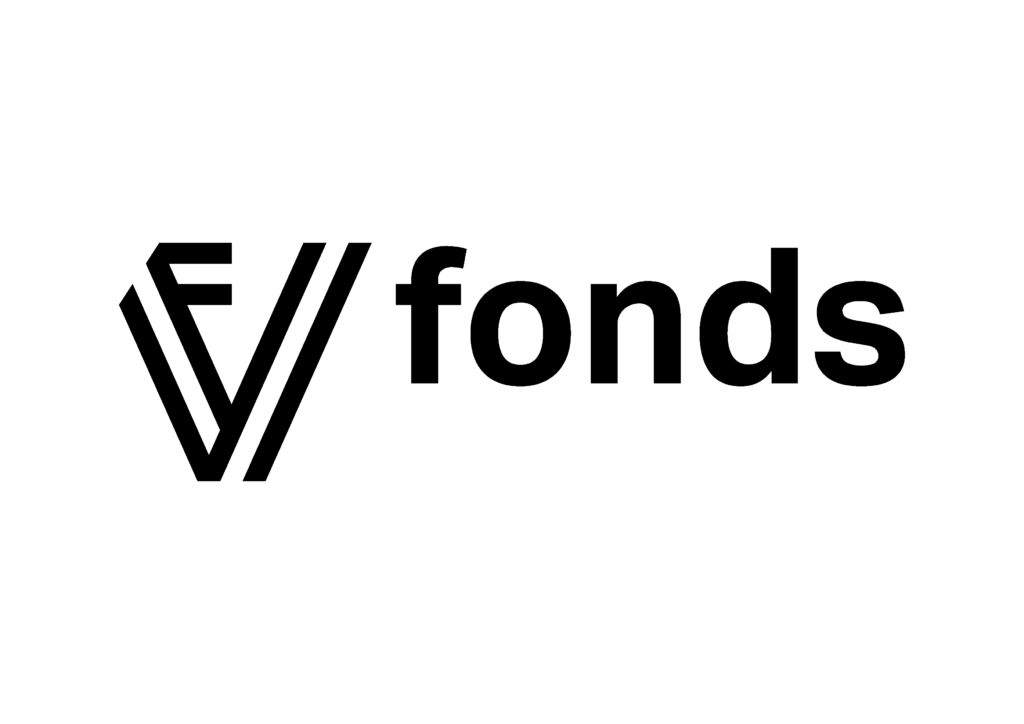“During the recording, a large wild boar unexpectedly stood right where the actor had to walk. The wild boar stood there, as it were, where Max's fate should be. In many cultures, the wild boar symbolizes strength and bravery. It was so symbolic of the character Max Wolff and that choice he makes there. On the other hand, in Jewish culture the wild boar is the symbol of 'the enemy' against whom he must fight. There was so much symbolism in that moment, I thought it was very special.”






